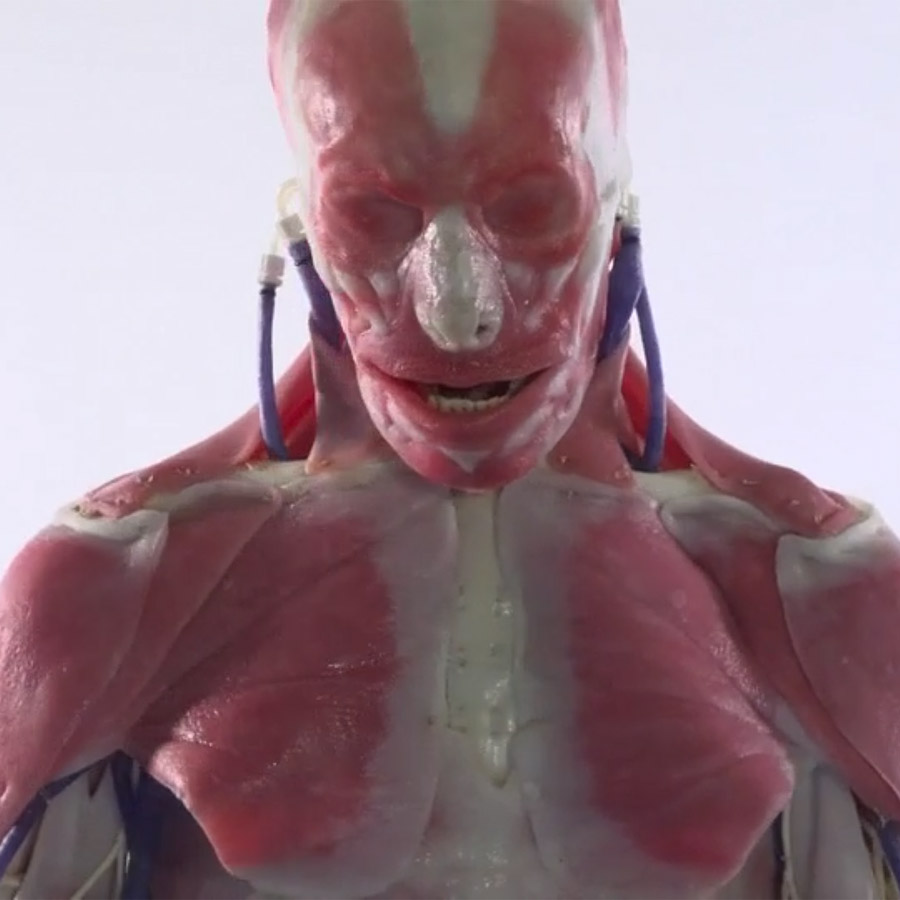As the planet warms up, scientists warn that we may face not only rising seas, stronger storms, and more frequent heatwaves, but also a new wave of viral outbreaks that could threaten global health security. In particular, they are concerned about the potential revival of ancient viruses that have been frozen in the Arctic and Antarctic ice for thousands of years, but may now be released from their icy tombs as the permafrost thaws and glaciers retreat.
The Threat of Zombie Viruses
So-called zombie viruses, or dormant pathogens that can be revived by environmental changes, are not a new concept. In fact, researchers have already discovered several such viruses in frozen remains of animals that lived during the last Ice Age, such as mammoths, horses, and bison. Some of these viruses, such as anthrax and smallpox, are known to be deadly to humans and animals alike. Others, however, maybe even more virulent, as they have never been encountered before by modern immune systems.
The Mechanisms of Resurrection
The process of viral resurrection is not fully understood, but it is believed to involve the following steps:
- The thawing of the ice releases viral particles into the surrounding environment, such as water, soil, or air.
- The viral particles may remain inactive for some time, as they need to find a host cell to replicate and cause an infection.
- Once a suitable host is found, the viral particles hijack its cellular machinery to produce new copies of themselves, which can then infect other cells and organisms.

The Risks of Spillover
The biggest concern about zombie viruses is their potential to spill over into human populations and cause pandemics. This can happen in several ways:
- Direct contact with infected animals or their remains, such as through hunting, butchering and consuming them.
- Indirect exposure to infected environments, such as through contaminated water.
Lack of Awareness Regarding ‘Zombie Viruses’
The researchers point out that the lack of published reports on ‘live’ viruses in permafrost wrongly suggests that such occurrences are rare and that ‘zombie viruses’ are not a public health threat. In fact, previous research conducted by the same team showed that a 30,000-year-old specimen of pithovirus could be revived and remained infectious. Additionally, morbillivirus, once defrosted, was capable of infecting an amoeba.
The Discovery of 13 New ‘Zombie Viruses’
To restore a closer appreciation of reality, the team isolated 13 new viruses from seven different ancient Siberian permafrost samples. One sample was collected from the Lena river, and one from Kamchatka cryosol. These viruses were then characterized, revealing their potential to act as ‘zombie viruses’.
Safety Measures Taken by the Researchers
For safety reasons, the researchers only collected giant viruses, those 200-400 nanometres in diameter, which can only affect amoeba, rather than humans or any other creatures.
Conclusion
This study serves as a reminder that ‘zombie viruses’ pose a significant public health threat. Although the viruses isolated in this study can only affect amoeba, the discovery of new viruses in permafrost suggests that there may be other unknown viruses that could pose a threat to human health. Therefore, continued research and monitoring of permafrost samples are crucial to better understand the potential risks posed by these viruses.
Free Speech and Alternative Media are under attack by the Deep State. Real News Cast needs reader support to survive. Please Contribute via GoGetFunding


